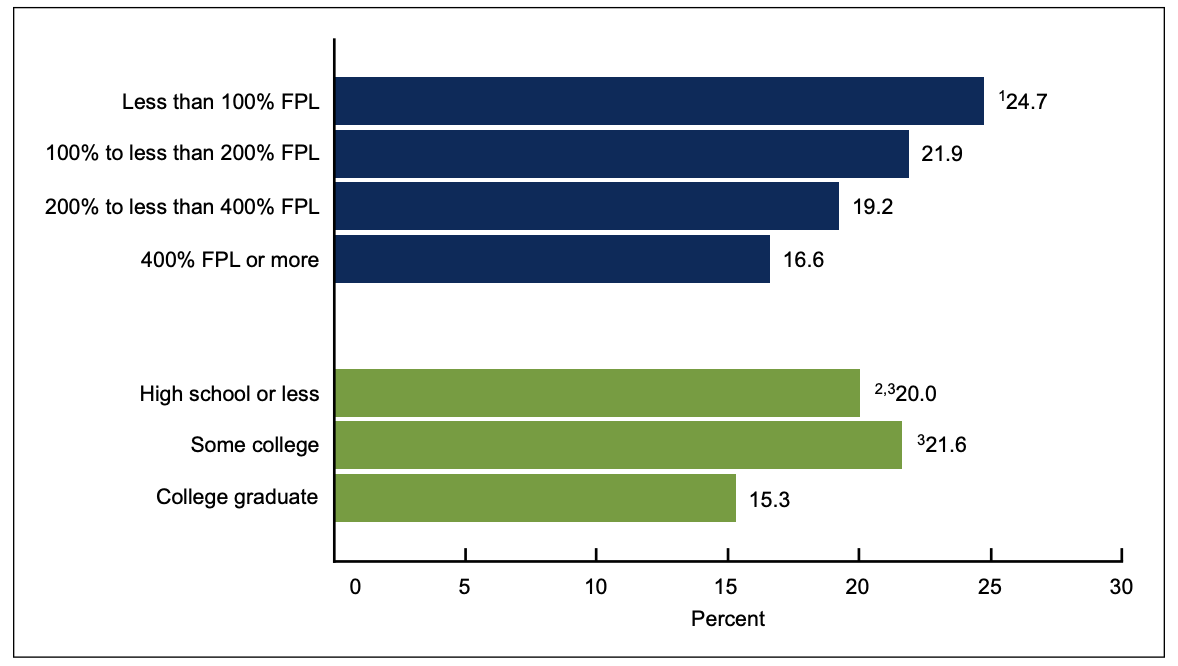drug pricing
White House listening session will take up PBMs
File this under wonky stuff that really matters to our personal budgets. In a bid to combat prescription drug costs, the White House will hold a listening session on Monday in search of ways to reform pharmacy benefit managers, people familiar with the plans told STAT's Ed Silverman for his exclusive story. Attendees will include representatives from the federal government (Lina Khan, who heads the Federal Trade Commission) and industry (Mark Cuban of Cost Plus Drug Company).
Industry people are expected to provide insights into how the largest pharmacy benefit managers determine which medicines are covered by insurers and employers, as well as prices paid at pharmacy counters. Cuban, whose company seeks to avoid the largest middlemen when reaching benefits agreements with employers, told Ed he will "just convey what our experience has been at Cost Plus and, if they ask, [make] suggestions on what we think can make things better." Read more.
public health
U.K. steps up vaccination campaigns as measles outbreak grows
Florida isn't the only place with a measles outbreak. Cases have been rising globally and the U.K. is no exception. Vaccination rates have fallen steadily over the past decade, prompting an ad campaign to increase vaccination. Given the drop, "it's not really a surprise to us that we've seen a resurgence of measles," said Vanessa Saliba, a consultant epidemiologist at the U.K. Health Security Agency. A modeling study released last year estimates that London could see an outbreak of between 40,000 and 160,000 cases.
Since October, England has seen more than 600 measles cases, UKHSA officials told reporters yesterday. Most cases have been in children under 5 years old, but vulnerable people would also include adults not vaccinated as children and who were never infected thanks to high levels of population immunity. STAT's Andrew Joseph has more on measles as a canary in the coal mine for the return of other vaccine-preventable diseases.
chronic disease
Age isn't the only dividing line for developing arthritis

National Center for Health Statistics / CDC
If you dig into the latest report on arthritis in adults from the National Center for Health Statistics, you'll see age is closely tied to the condition, in which inflammation leads to pain, redness, heat, and swelling in the joints. It's the leading cause of disability in the U.S., affecting 18.9% of adults in 2022, with women at greater risk than men (21.5% vs. 16.1%). The rate is 3.6% up to age 34 but jumps to 53.9% in people age 75 and older.
Family income is another factor. The prevalence of arthritis fell when family income rose. If family income was below the federal poverty level, the arthritis rate was almost 1 in 4, but if family income was four times the poverty level, that rate dropped to about 1 in 6. Two more differences: Asian adults were less likely than adults of other racial and ethnic groups to have arthritis and adults living outside metropolitan areas were most likely to have arthritis.







No comments